Microsoft Surface Book 2: Leaving the MacBook Pro behind?
Panos Panay, Microsoft’s Corporate Vice President of Devices, has announced the imminent arrival of the long-anticipated Surface Book 2. Does it have what it takes to turn the head of the musician or live performer?
Surface Book 2
The original Surface Book was released two years ago and appeared to be a game-changer for Microsoft’s commitment to high-end, Apple-style devices. It pushed Windows-based mobile technology forward in areas previously dominated by the MacBook Pro. Apple’s response was largely underwhelming and now Microsoft has ratcheted up the power, expanded the features and leaves the MacBook Pro looking rather languid.
Intel 8th Generation
The timing of the Surface Book 2 (SB2) has allowed Microsoft to take full advantage of the 8th Generation Intel “Kaby Lake” U-series CPU’s. The top model sports the i7-8650U with a base speed of 1.9GHz up to 4.2GHz at turbo. In his blog post, Panos claims that the:
“Surface Book 2 is up to five times more powerful than the original and is twice as powerful as the latest MacBook Pro.”
Of course, we can’t really rely on marketing post to provide sensible comparisons, but it does sound impressive. So too is the battery life where they claim it can give 17 hours of video playback on a single charge. Apparently, that’s 70% more than the MacBook Pro. Microsoft definitely sound like they feel they’ve got something to prove.
Connectivity
At last, they’ve given us a friggin’ USB-C port. Oh, how the world moaned at the lack of a USB-C port on the original Surface Book. The thing with that is that I don’t have any USB-C or USB 3.1 devices. Nothing I want to run comes with a USB-C port and while I’m sure more of these things will be along in time I’m more than happy with good old USB-A thanks very much. Microsoft seems to be aware of this and the fact that contrary to Apple’s insistence the world hasn’t gone USB-C mad in the 2 years since the release of the original Surface Book. So, you’ve got 2 regular USB ports and a single USB-C port. They all support USB 3.1, which is great. This means all your existing stuff will run without adapters and you have one of those ports that will do the power, video and monitor thing and connect to future devices.
What it doesn’t have behind that USB-C port is Thunderbolt. And that’s the only disappointment for us musicians where Thunderbolt has become a reality in many of our audio interfaces.
Taking us beyond
Where Microsoft continue to innovate is in the area of touch and mixed reality. Apple gave us a little touchy strip. Microsoft are now through numerous generations of digital pen, with 4096 levels of pressure and support within the full version of Photoshop. The Surface Dial is gaining support in applications and has a lot of potential in music production. Cakewalk have recently included support in their latest Sonar update. And now comes Mixed Reality. Microsoft are releasing headsets and motion controllers that will run perfectly with the SB2. They combine the traditional Virtual Reality with the Augmented Reality they’ve been pioneering with Hololens. All at achievable pricing and without the enormous PC required to run it. The Nvidia GTX 1050 and GTX 1060 options make these powerful gaming and VR, AR, MR machines.
What about the music?
With all Windows laptops, tablets and hybrids it’s been difficult to know if they will be useful to musicians. When the Surface Pro 4 arrived it was plenty powerful enough on paper to run music software but it struggled to do anything without clicks and pops in my testing on SurfaceProAudio.com. However, by the time the Surface Book arrived in the UK most of the issues had been ironed out and it gave a much more positive response.
Whether the Surface Book 2 will be capable of running low latency, glitch-free audio, virtual instruments and effects remains to be seen. If it does then this could be an awesome platform for the creative musician who wants to express themselves through more than a keyboard and trackpad.
None of the marketing included any reference to music for the first time since the Surface series arrived. There’s always been some DJ or musician fiddling with something in the promo videos. Not this time. Microsoft is very into creativity in terms of drawing, design, Photoshop but they’ve still not quite cracked the music side of things with any confidence. Even their rumoured Groove Music Maker app that was glimpsed at last year’s Surface Laptop launch has not seen the light of day.
Release and pricing
USA, UK, Australia and some other territories will get the 13″ version on the 16th November. There’s a bigger 15″ version as well that only the USA is getting for the moment, which is nice. Prices start at £1499 for the i5 version, but that’s a 7th generation CPU and doesn’t come with the Nvidia graphics. So the real starting price for the 8th gen processor and super Nvidia graphics is £1999 with 256GB SSD and 8GB of RAM. It’s £2499 if you want 512GB/16GB and a whopping £2999 for 1TB/16GB. None of these come with Surface Pen or Dial, those are extra (gulp!). Preorders open on the 9th November.
More information
Video
https://youtu.be/4ck5RbTQj28
2 responses to “Microsoft Surface Book 2: Leaving the MacBook Pro behind?”

 5,0 / 5,0 |
5,0 / 5,0 | 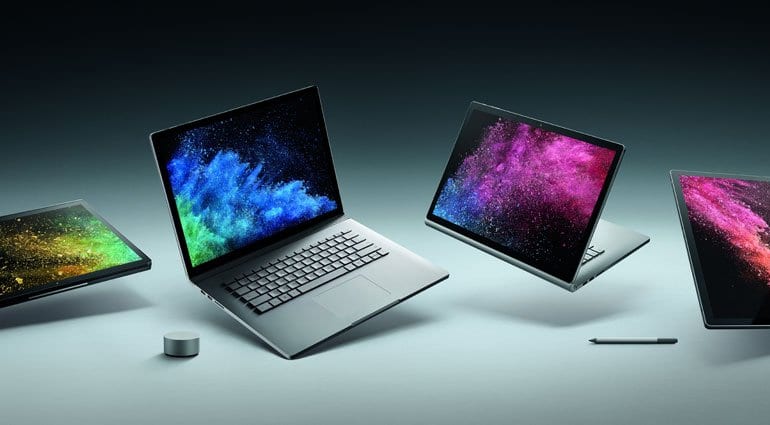

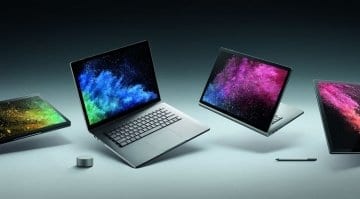

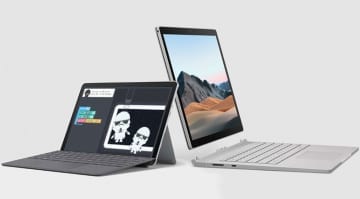
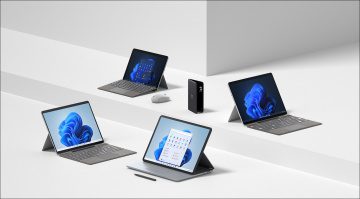
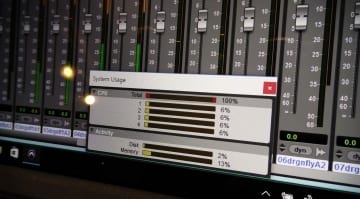

Thanks for this excellent perspective.
I’m also surprised by the lack of Thunderbolt but I don’t have a foreseeable “problem” in my music studio for which that is the solution. I have an audio interface that works great with usb 2 and no need to upgrade, and I have about a thousand MIDI devices that are usb-A or old MIDI din plugs.
I’m also puzzled why music is not more prominent in Microsoft’s marketing. Aren’t we “creative professionals?” It’s weird. Windows is such a nice environment for music applications — especially since music by its nature is multi-fingered in a way that, say, painting and video editing are generally not. Do you remember when the old hardware Lemur came out, maybe 10 years ago? They made this really engaging video, it just made you want one (except for the fact that it cost around $3000, as I recall.) My students would gather around that video drooling. MS could do something like that with Surface music-making.
Yes they could.